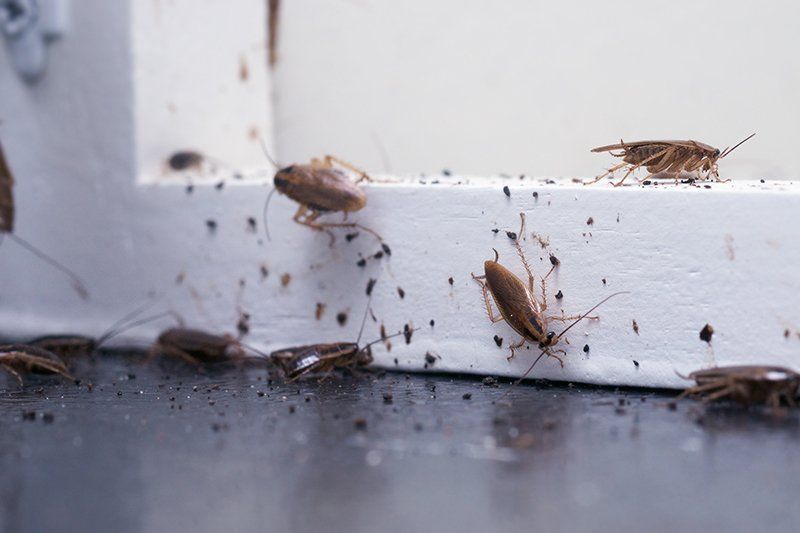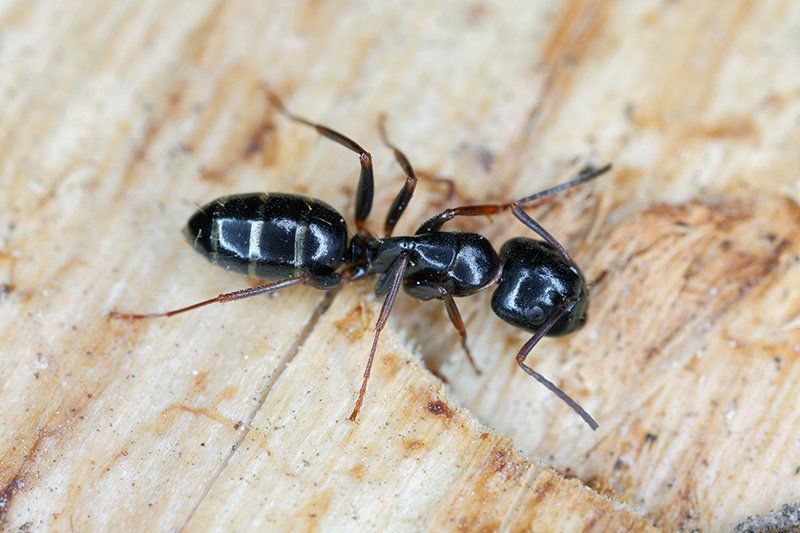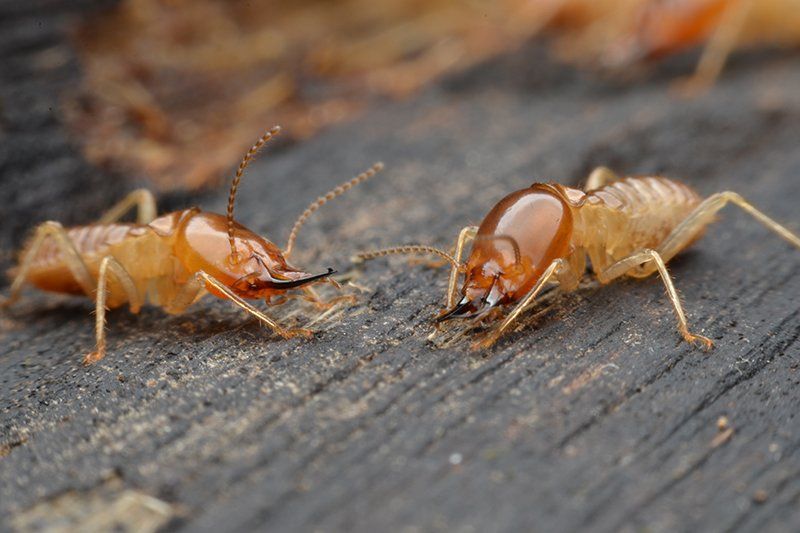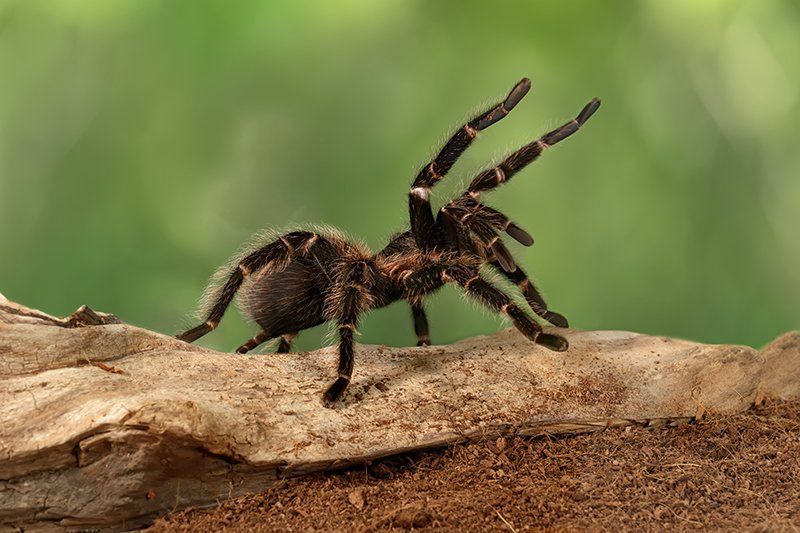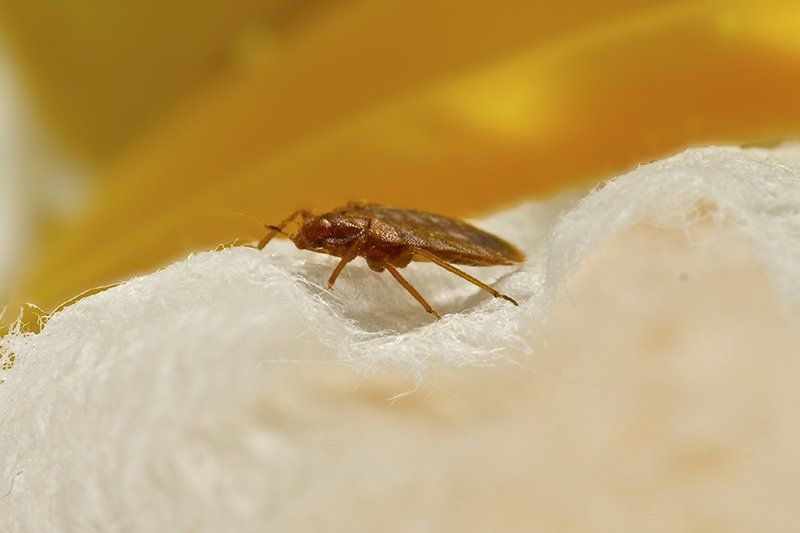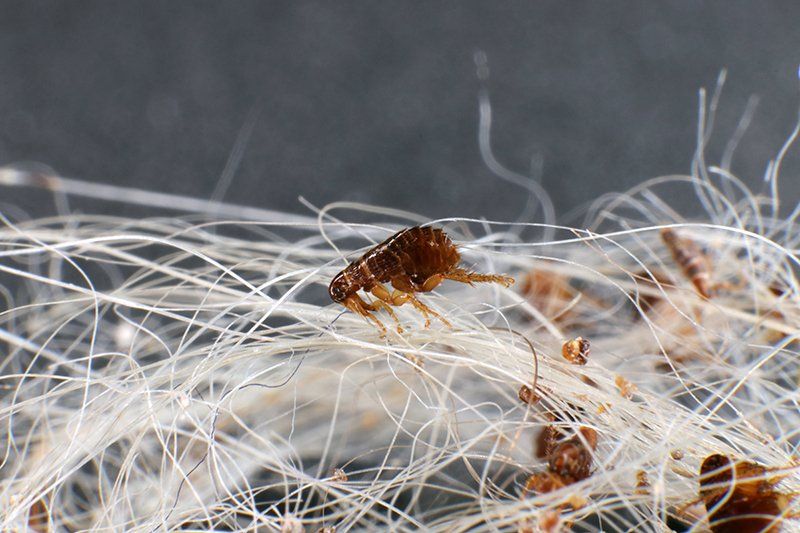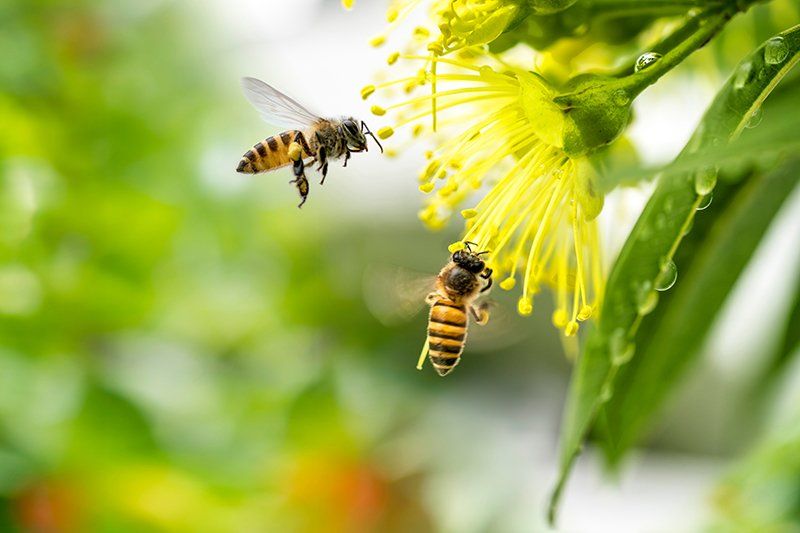Browse Our Insect Library To Identify Your Pest
Roaches
Various species of cockroaches invade and infest Ohio homes; the most common are the Asian and German varieties. A female roach can produce thirty to forty eggs with an average of three to four hundred new cockroaches during her lifespan. The waste roaches leave behind damages human food that they invade and can exacerbate asthma and other allergic conditions.
Yellowjackets
Predatory wasps are often referred to as yellowjackets. Their body color is black and yellow or black and white. Different types have a red stomach instead of black. Yellowjackets have unique markings, and they live in colonies. They have a distinctive flight pattern where they fly side to side before landing, and female yellowjackets sting when threatened. Despite our human fear of them, yellow jackets are, in fact, fundamental predators of pest insects.
Carpenter Ants
Carpenter ants are giant ants found in various forested parts of the earth. They create nests inside wood that they chewed away with their mandibles, typically found in damp or dead wood. Yet, unlike termites, they do not eat wood; they drop it in a material that looks like sawdust.
Termites
Termites are usually found when either their shelter tunnels are found in wood or when a winged mass appears from infested wood. After swarming, termites mate, land, and quickly lose their wings, these are sometimes the only indications that they are present. A single queen termite can produce 20,000-30,000 eggs a day and live for several years. Termites feed and dig through wood or other cellulose-based materials and cause costly structural damage to homes and businesses.
Spiders
Spiders breathe air, have eight legs, and have fangs that can inject venom. Unlike other insects, spiders do not have antennae. Spiders like to find dark, hidden spaces to hide where they can find food and water. They are often found in attics, basements, corners of rooms, and air vents.
Bed Bugs
Bed bugs have made a severe comeback in the last few decades in the United States. They live in bed mattresses, furniture, couches, and anywhere that humans spend sufficient time so they can feed. They live for about nine months and can produce as many as five hundred new bed bugs each during their lifespan. They bite humans leaving welts and rashes from their bites.
Fleas
Fleas are tiny invaders. They have a short lifespan, but one female can produce up to five thousand eggs at that time. Fleas are dangerous because they transmit diseases like typhus, Ricketts, and various other bacterial and viral infections. Infected animals can become anemic from blood loss from these feeding fleas, and they leave bites and welts on human skin. They can attack and infest your home quickly.
Bees
Bees are flying insects known for their essential pollination function and producing the honey and beeswax that humans use and enjoy. They have two sets of wings and antennae and are typically black or brown and yellow. Bees are a crucial part of our society and our environment, and they should be relocated, not exterminated.
Wasps
Almost all pest insect classes have at least one wasp species that preys upon it or parasitizes it, making wasps extremely significant in the insect population's natural control. Parasitic wasps are frequently used in farming pest control as they regularly prey on pest insects and have a limited impact on crops.
Do you have questions or concerns about any of these insects? Contact our knowledgeable team today at (216) 798-9593. We are happy to answer any questions that you have.
